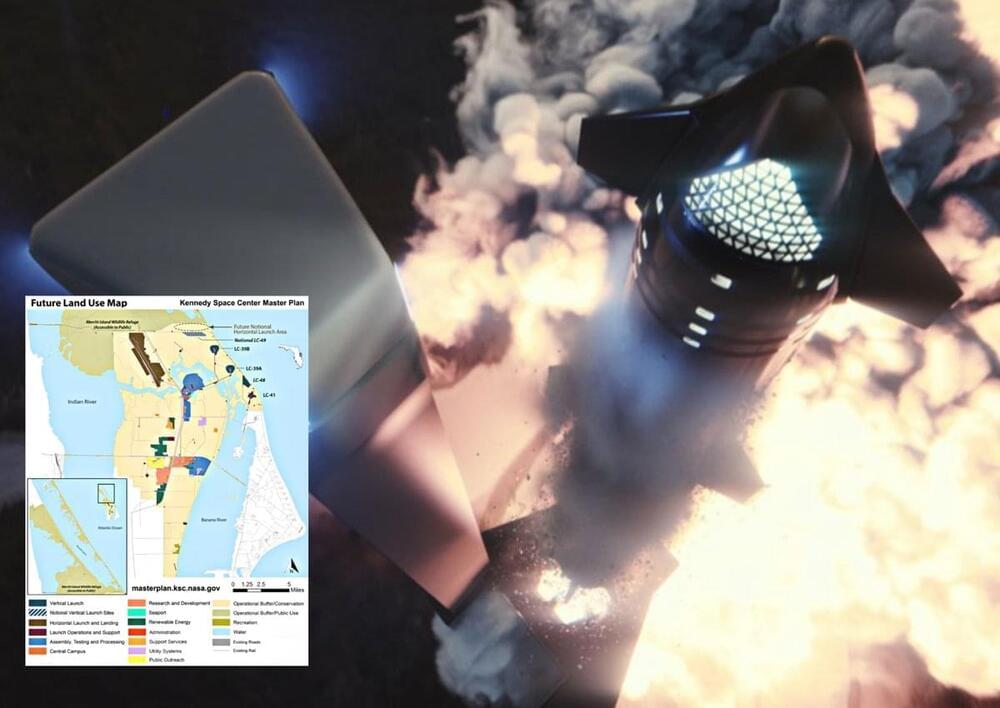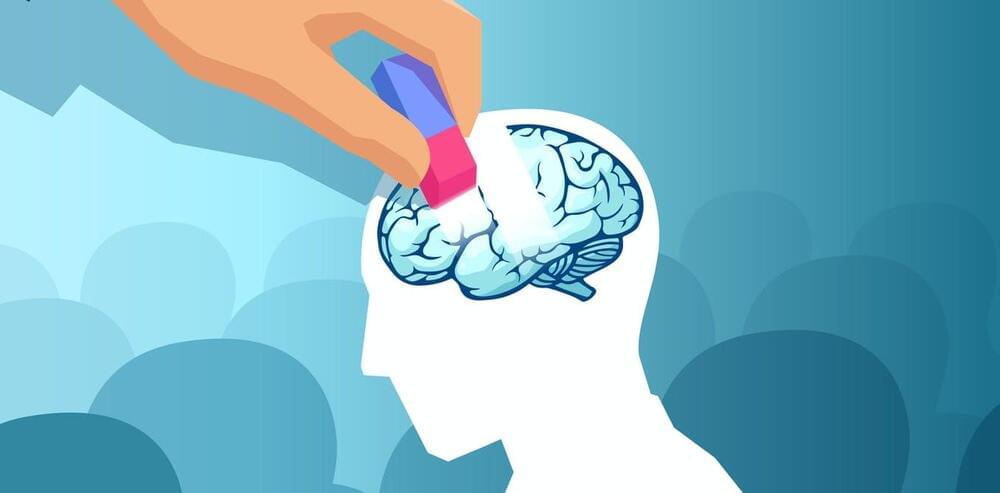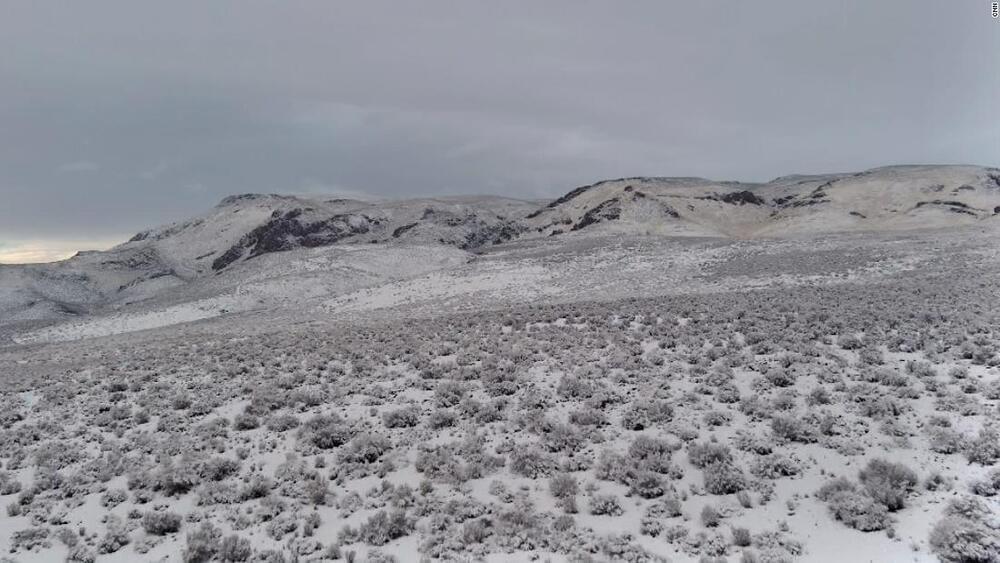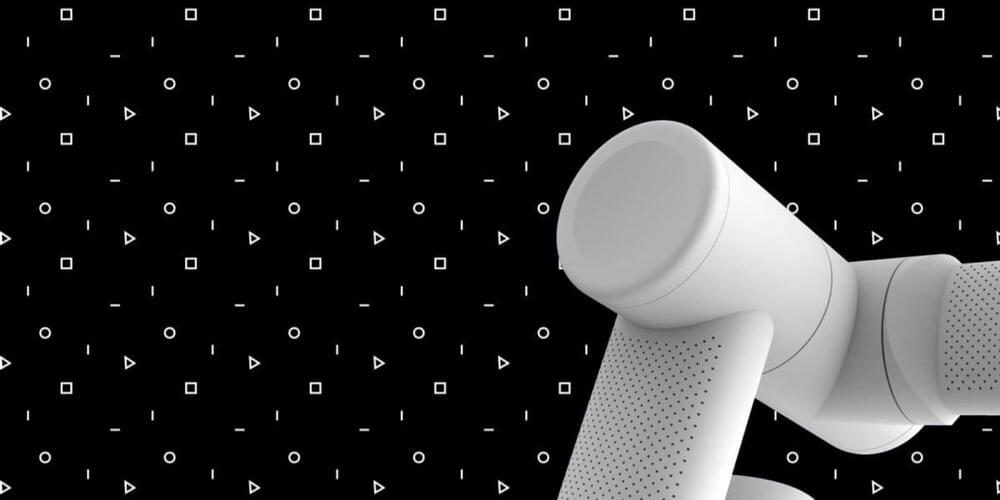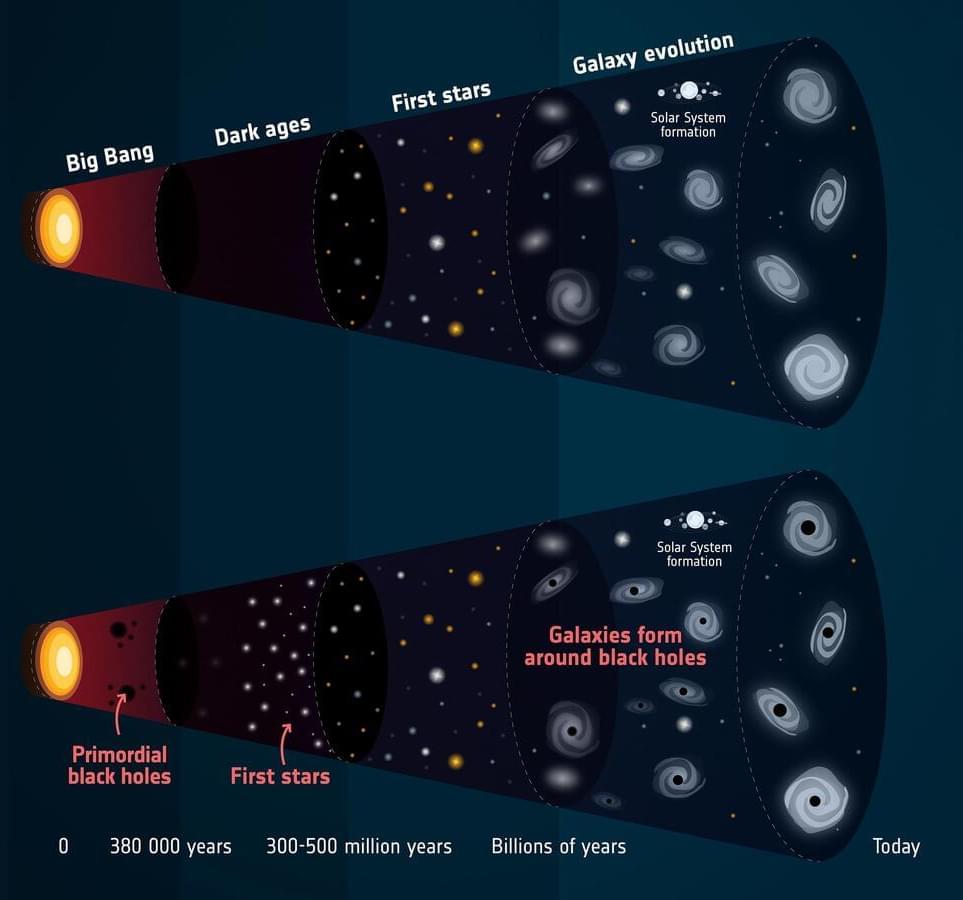On December 15, NASA announced that SpaceX submitted a new proposal to build a Starship launch site at Launch Complex-49 in Cape Canaveral, Florida. Previously, SpaceX officials mentioned plans to build a Starship launch tower at historic Launch Complex-39A, the launch site from where NASA Apollo astronauts lifted off atop Saturn V on a voyage to the Moon half a century ago. NASA and SpaceX are working to return humans to the lunar surface by 2025. SpaceX is developing a lunar-optimized Starship Human Landing System (HLS) to land astronauts on the moon as part of the Artemis program that aims to build a sustainable presence on our closest celestial neighbor.
The unbuilt Launch Complex-49 is an 175-acre land located north of Launch Pad-39B and Pad-39A at NASA’s Kennedy Space Center premises. The agency released a map of the region, pictured below, that outlines the locations of each launch site. “LC-49 has been a part of Kennedy’s master plan for several years,” said Tom Engler, Kennedy’s director of Center Planning and Development. “The Notice of Availability was updated in 2014.”
“Every new construction project, whether government or commercial, goes through a comprehensive environmental review process,” said Don Dankert, technical lead for the Kennedy Environmental Planning Office. “This ensures that we are able to identify potential environmental impacts and define any associated mitigations prior to project implementation.”
